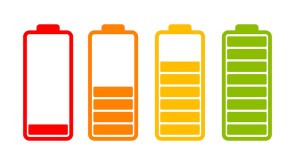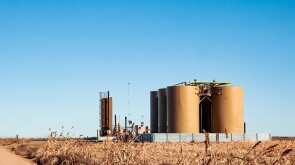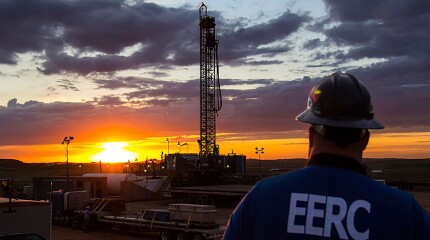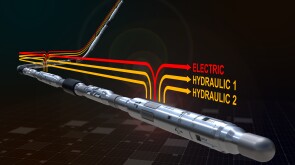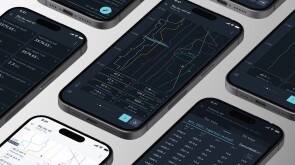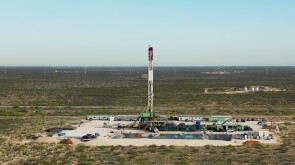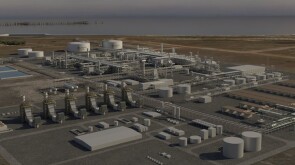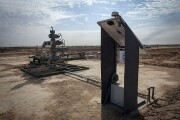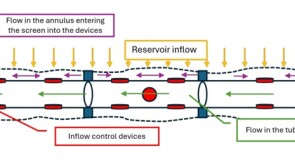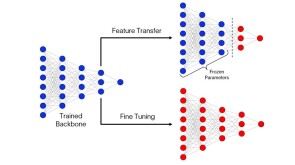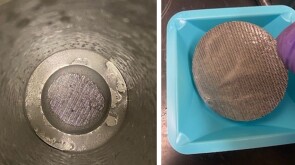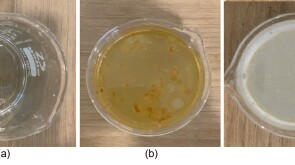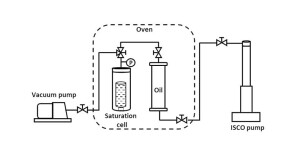Trending Content
Power Up With JPT Newsletters
JPT Newsletter (Weekly).
All the top stories, trends, and tech.
JPT Unconventional Insights (Monthly).
Fresh takes on shale and tight oil.
The $100-billion project is widely considered the largest unconventional development outside of the US and is noted by Aramco as the largest nonassociated gas development in the Kingdom.
Preliminary estimates indicated recoverables of between 30 million and 110 million BOE at the discoveries, which Equinor called its largest of the year.
SPE CEO Simon Seaton and 2026 SPE President Jennifer Miskimins share a special message to SPE's volunteers on International Volunteer Day.
-
The North Sea Transition Authority has published its first table identifying 13 operators that are behind schedule in decommissioning their inactive North Sea wells.
-
The research facility said it plans to add multiphase-flow-testing capabilities for heavy oil and different viscosities.
-
The decision keeps the effective tax rate on upstream projects at 78%, prompting new warnings that investments will continue to dwindle in the UK Continental Shelf.
-
Adura will become the UK North Sea’s largest independent producer by combining 12 key oil and gas assets, employing around 1,200 staff. It aims to produce more than 140,000 BOED in 2026.
Get JPT articles in your LinkedIn feed and stay current with oil and gas news and technology.
Voices From the Industry
-
Data and impartial viewpoints can help de-risk exploration portfolios and keep resource estimates in check.
-
Adaptability, collaboration, and digital technologies are all pages in Aramco’s oilfield R&D playbook.
-
Operators from across the region met in Muscat to share how lessons from pilot programs are shaping cost, scale, and technology priorities across the region.
-
EERC CEO Charles Gorecki outlines how applied research in North Dakota is helping improve oil recovery, reduce emissions, and advance carbon storage.
President's Column
-
Our industry’s reputation won’t be rebuilt through campaigns—it will be rebuilt through conversation. This column explores how the “20/60/20 Rule” can guide us to focus on the majority who simply want to understand what we do and why facts alone aren’t enough to change minds.
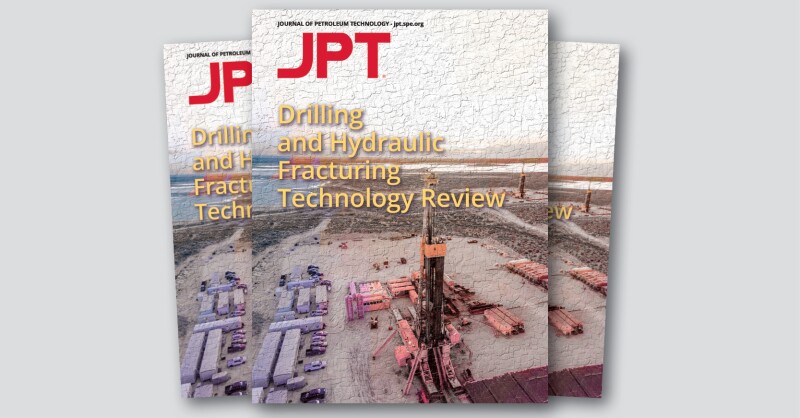
JPT Drilling and Hydraulic Fracturing Technology Review
Bold ideas, big impact. Creative thinking is reshaping unconventional development and cutting costs. Read more here.
-
SponsoredIn oil and gas operations, every decision counts. For more than 2 decades, SiteCom has been the trusted digital backbone for well operations worldwide, driving insight, collaboration, and efficiency.
-
SponsoredAdvance your career with the new Pipeline Engineering Program at the Technical University of Leoben, a 5-month course combining on-campus and online learning, integrating industry expertise, engineering practice, and future-ready skills for professionals in oil, gas, and emerging energy systems.
-
SponsoredSince 1997, intelligent completions have transformed reservoir management, but adoption remains limited due to perceived complexity. The industry reached a pivotal moment with the development of next-generation technologies that address longstanding challenges and offer simpler operation solutions.
-
SponsoredKongsberg Digital’s mobile companion to the SiteCom platform is designed to keep wellsite insight close at hand, wherever the job takes you.
Technology Focus
Recommended for You (Login Required for Personalization)
-
GeoMap Europe is the latest in a series of interactive global geothermal maps that combine large subsurface and surface data sets to highlight where geothermal resources and development opportunities are strongest for power, heat, cooling, and storage.
-
The North Sea Transition Authority’s survey highlights shifting innovation and deployment priorities across 46 operators, offering a basinwide snapshot of technologies driving efficiency gains, strengthening asset integrity, and accelerating progress toward net-zero performance in the UK North Sea.
-
This article is the fifth in a Q&A series from the SPE Research and Development Technical Section focusing on emerging energy technologies. In this edition, Shantanu Agarwal, founder and CEO of Mati Carbon, discusses how the company’s approach to carbon removal led to winning the Musk Foundation’s XPRIZE in 2025.
Content by Discipline








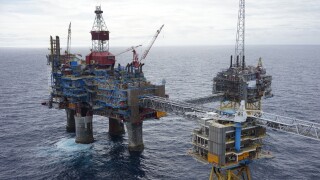










![JPT_2025-09_GuestEd1_SS_382853197[4].jpg](https://assets.spe.org/dims4/default/4883523/2147483647/strip/true/crop/850x475+0+46/resize/295x165!/quality/90/?url=http%3A%2F%2Fspe-brightspot.s3.us-east-2.amazonaws.com%2F8a%2F95%2Fe4e82cb54fd597d497a5b1267f8a%2Fjpt-2025-09-guested1-ss-3828531974.jpg)


